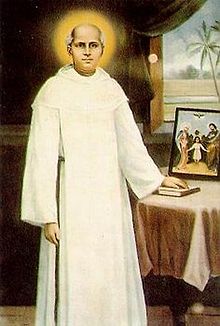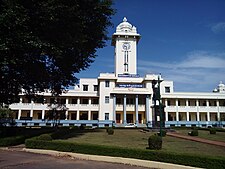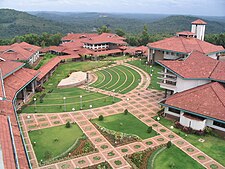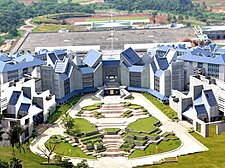
Back განათლება კერალაში KA വിദ്യാഭ്യാസം കേരളത്തിൽ Malayalam Onderwijs in Kerala Dutch கேரளத்தில் கல்வி Tamil



The importance and antiquity of education in Kerala are underscored by the state's ranking as among the most literate in the country. The educational transformation of Kerala was triggered by the efforts of both Church Mission Society missionaries like Jon Munro and clergy of Catholic church like Fr Kuriakose Elias Chavara and Fr Charles Lavigne and were the pioneers that promoted mass education in Kerala, in the early decades of the 19th century.[1][2][3][4][5] The local dynastic precursors of modern-day Kerala, primarily the Travancore Royal Family, the Nair Service Society,[6] Sree Narayana Dharma Paripalana Yogam[7] (SNDP Yogam), and Muslim Educational Society (MES),[8] also made significant contributions to the progress on education in Kerala.[9] Local schools were known by the general term kalaris, some of which taught martial arts, but other village schools run by Ezhuthachans were for imparting general education. Christian missionaries and British rule brought the modern school education system to Kerala. Ezhuthu palli was the name used in earlier times. The word was derived from the schools run by the Buddhist monasteries.[10] For centuries, villages used to set up an ezhuthupally or ashan pallikoodam with one or two teachers. Students used to go this school from nearby areas and learn languages, literature, mathematics, grammar etc.[11] After completing this, students may continue study about specific subjects such as ayurveda, astrology, accounting etc. Censuses during the 1800s showed that Travancore, Cochin, and Kannur areas have many such schools.[12]
- ^ "Missionaries led State to renaissance: Pinarayi". The Hindu. 13 November 2016.
Inaugurating on Saturday the valedictory of the bicentenary celebration of the arrival of Church Mission Society (CMS) missionaries to the shores of Kerala, Mr. Vijayan said it was their pioneering work in the fields of education, literature, printing, publishing, women's education, education of the differently-abled and, in general, a new social approach through the inclusion of marginalised sections into the mainstream which brought the idea of 'equality' into the realm of public consciousness. This had raised the standard of public consciousness and paved the way for the emergence of the renaissance movements in the State.
- ^ "Kerala to celebrate CMS mission". Church Mission Society.
Indian President Pranab Mukherjee, visited CMS College in Kerala, the oldest college in India, and laid the foundation stone of the bicentenary block. He said, 'CMS college is a pioneer of modern education in Kerala. It has been the source of strong currents of knowledge and critical inquiry that have moulded the scholastic and socio-cultural landscape of Kerala and propelled the State to the forefront of social development'.
- ^ "Growth of Literacy in Kerala". Economic and Political Weekly: 7–8. 5 June 2015.
- ^ "District Handbooks of Kerala" (PDF). Department of Information & Public Relations Government of Kerala. Archived from the original (PDF) on 19 March 2009.
- ^ Menon, Sreedhara (1996). A survey of Kerala History. Madras: S.Viswanathan Printers and Publishers. pp. 339, 348, 349. ISBN 9788126415786. Archived from the original on 24 August 2019. Retrieved 20 March 2019.
- ^ "Official website of Nair Service Society". Archived from the original on 8 February 2014.
- ^ "Shree Narayana Dharma Paripalana Yogam". Sndp.org. Retrieved 6 December 2014.
- ^ "The Muslim Educational Society's Official web site". Meskerala.com. Retrieved 6 December 2014.
- ^ "Education in Kerala". Kerala-info.newkerala.com. Retrieved 6 December 2014.
- ^ Ayyanath (1989). History of kerala. Prabhat Books. p. 12.
- ^ Sreedhara Menon (1978). History of kerala. DC books. p. 12.
- ^ Rajan Gurukkal (1989). History of Kerala. Prabhat Books. p. 12.




